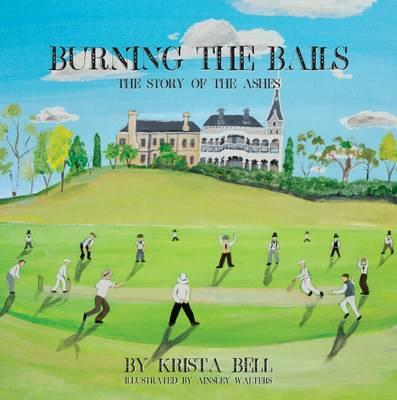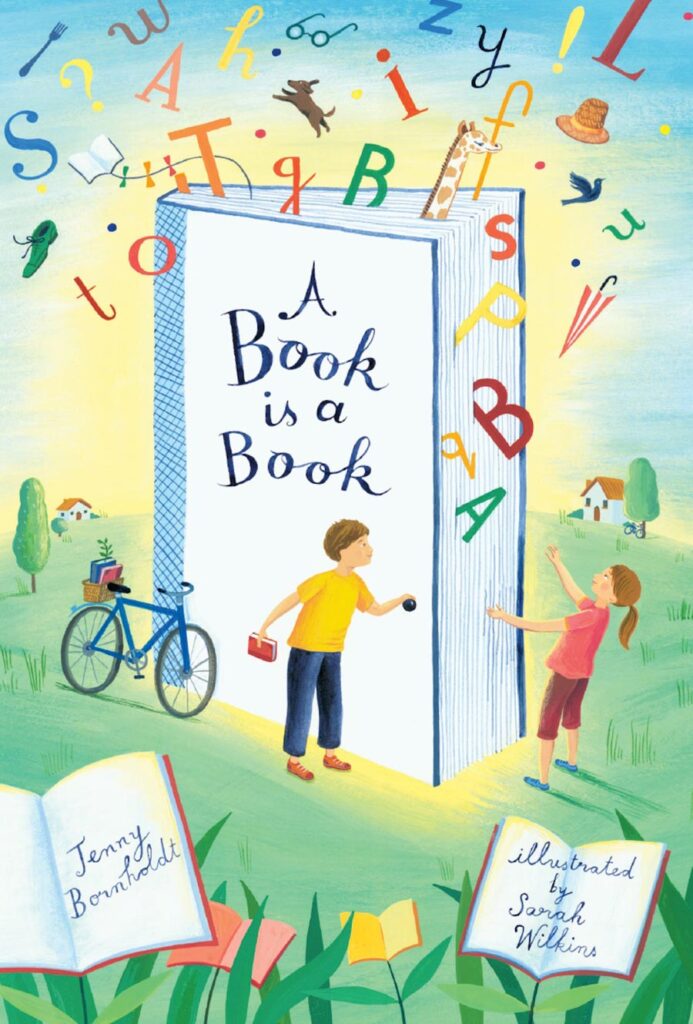Bronwyn Saunders (text) and Andrew Plant (illustrator), Diprotodon: a megafauna journey, CSIRO Publishing Australia, October 2023, 32 pp, RRP $24.99 (hbk), ISBN 9781486316762

We don’t know a lot about them, but scientists have made a lot of good guesses about Diprotodons’ lifestyle, food, ways of communicating, and their mating and herding behaviour. These extinct beasts (named from a Greek root meaning “two big front teeth”) are ancient cousins of the koala and wombat. They were plant-eating mammals, weighing over two thousand kilograms, and needing to devour about 150 kilograms of green stuff per day. Being marsupials, they carried their young in a backwards-facing pouch. The Diprotodons lived for nearly one and a half million years on our continent, dying out possibly as late as 45,000 years ago. They were part of the era of the megafauna in Australia, during an ice age when water was scarce.
In this engaging children’s book with full-page realistic illustrations in colour wash, the text introduces these giants in their natural environment. We begin with a baby who is feeding from his mother, and follow the small herd as they trample and tear their way through scrubland in search of water. Being crepuscular, they are active only in the early morning and early evening. Like koalas, they sleep away the daylight hours. There are dangers from predatory crocodiles, a marsupial lion, the Megalania (a giant monitor lizard), and of course the harsh environment. Our little Diprotodon who won’t be fully grown till he is six years old must somehow survive. His survival depends upon mating up with another Diprotodon one day.
Children will be enchanted and awed by this story of giants, dangers, survival and dramatic change on the continent they know as Australia. At the back of the book there is an informative summary of all we know and can guess about this creature plus a glossary of terms, making it a book to value as a resource for classrooms and school libraries. As always, CSIRO have produced a marvellously engaging, high-quality book of reliable scientific knowledge. Suitable for children 5 to 12 years.
Reviewed by Kevin Brophy





